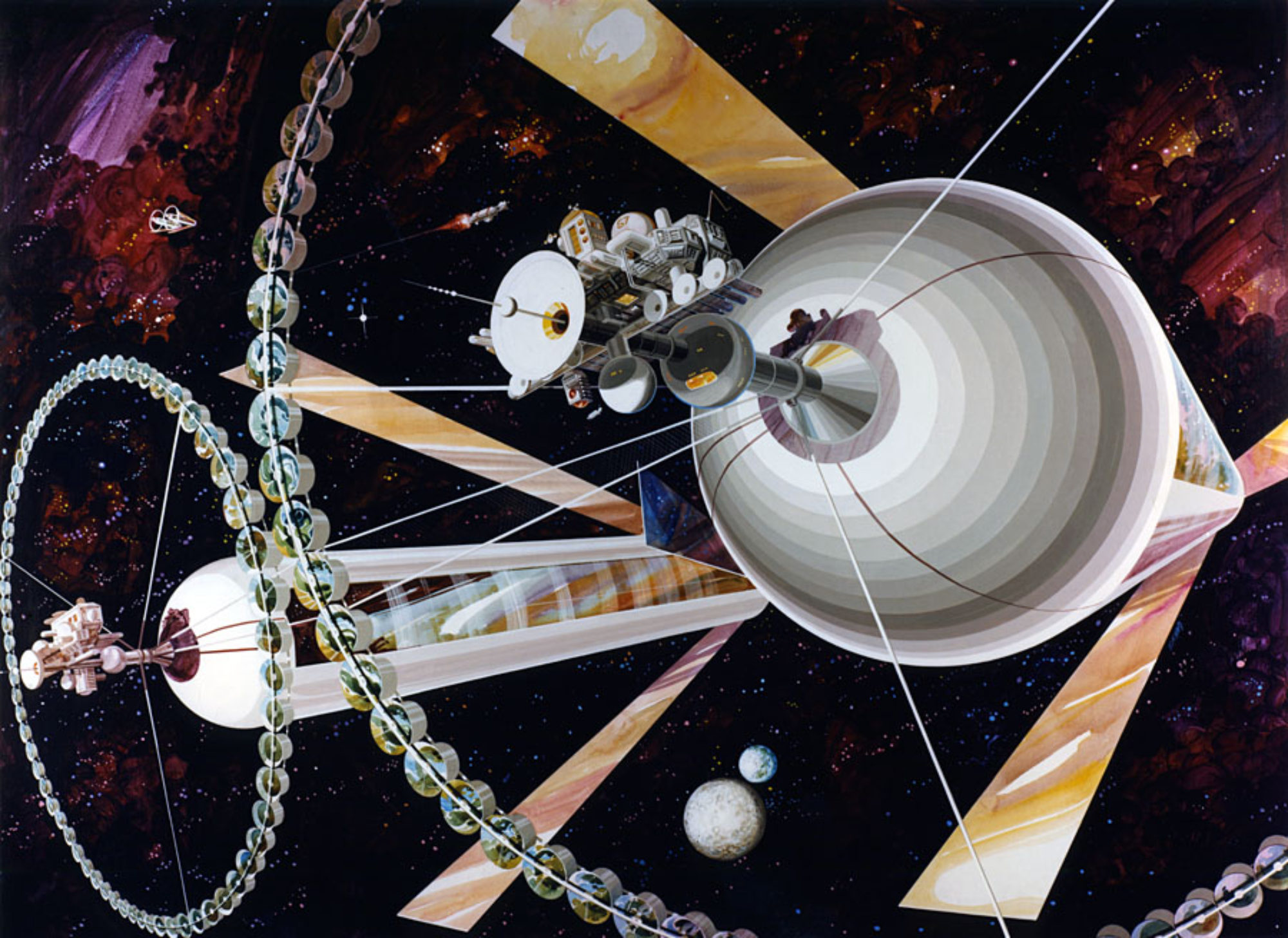
A German company called Laser Zentrum Hannover .eV in partnership with the Technical University of Braunschweig has been working on a project called MOONRISE which aims to use laser technology to build a village on the Moon out of lunar regolith. Toward that end, the team for the first time has demonstrated the ability to 3D print structures out of simulated lunar regolith under lunar gravity conditions. The results of their experiments are described in an article in 3D Printing Industry.
The research was carried out in the Leibniz University Hannover’s Einstein-Elevator, a large-scale drop tower device in which experiments can be run under variable gravity conditions at a high repetition rate.
Initiated in 2019, Project MOONRISE is funded by the Volkswagen Foundation and is focused on improving the technology readiness level of additive manufacturing using lunar regolith as building material.






